Beginning with a little history, in 1914 the United States was first contracted by the Czar of Imperial Russia to build the Mosin Nagant Model 1891. Remington Armory and New England Westinghouse received several orders through 1917 for a total of 3.7 million rifles. However, in March of 1917, the Czar was overthrown and many of the guns remained undelivered to Russia. As well, the United States Government contracted Remington and New England Westinghouse to keep building the M91 through 1918, thus retaining the skilled workforce and allowing the companies to remain solvent.
Some of these M91 rifles were utilized in the American Expeditionary Forces which were sent to Russia from 1918 to 1920. But many of the guns remained stateside. Some were used for troop training, some were converted to the approximate dimensions of the US M1903 rifle for Cadet training purposes, others were sold on the civilian market or to surplus arms brokers such as Francis Bannerman.
Link to Bannerman's Castle (armory on Pollepel Island): https://en.wikipedia.org/wiki/Pollepel_Island
Link to Bannerman Rifle article on mosinnagant.net: http://www.mosinnagant.net/global%20mosin%20nagants/bannerman.asp
In the early 1920's, Bannerman sought to capture some of the American sporting rifle market, and converted many U.S. M91 rifles from cal. 7.62X54mm to the more accessible .30-'06 ammunition. The most commonly encountered sporter conversion is found with the barrel cut to 21.5", the stock cut just forward of the rear barrel band, and the bolt handle slightly turned down. A much less common version is found in infantry length, and will be the model which is presented in this article.
Aside from the barrel and stock lengths of the Sporter and Infantry length rifles, the major features of the caliber conversion are the same. Remington Armory barreled actions were used for the conversions in general, with a very occasionally encountered New England Westinghouse. Parts from both arsenals were utilized, as well as some odd small parts from Bannerman's extensive military surplus inventory.
The following picture shows a standard New England Westinghouse M91 with the Remington Infantry length Bannerman conversion underneath. Parts of the standard New England Westinghouse will also be used later for comparison pictures of the conversion features.

The major identifying feature of the Bannerman is the chamber end of the barrel which is shortened by 3/4" (see comparison). Hence the original serial number, year of manufacture, and a portion of the word ARMORY are absent from the barrel. The left side of the barrel is prominently stamped with CAL. .30 '06 to identify the newly cut chamber dimensions.
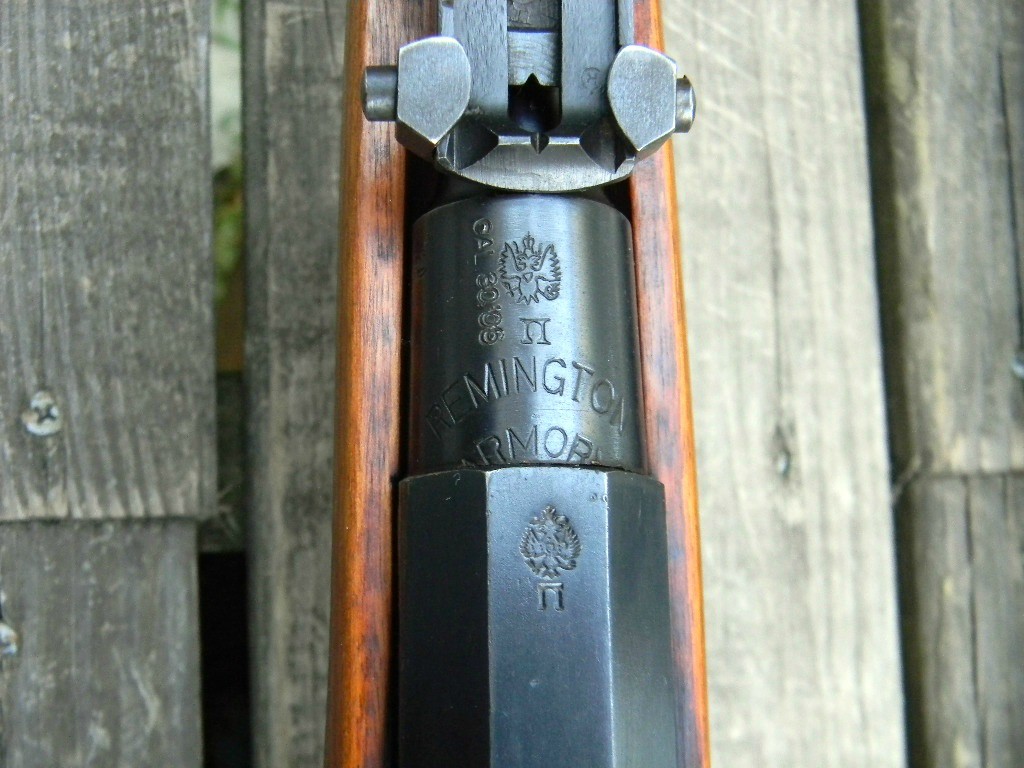
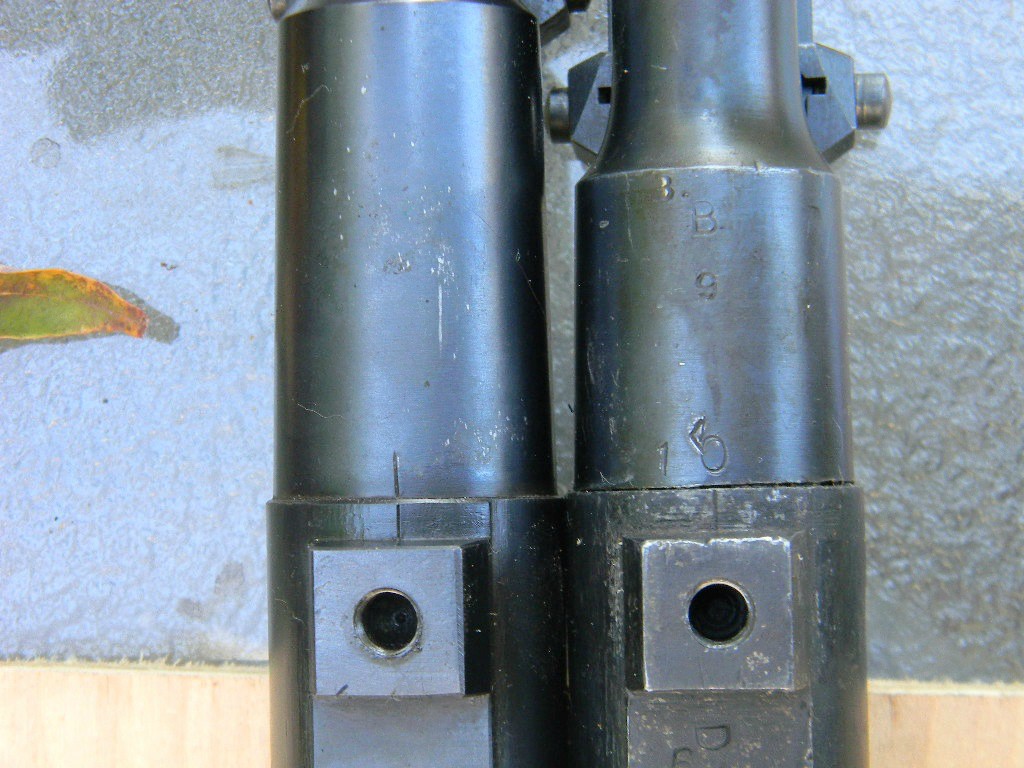
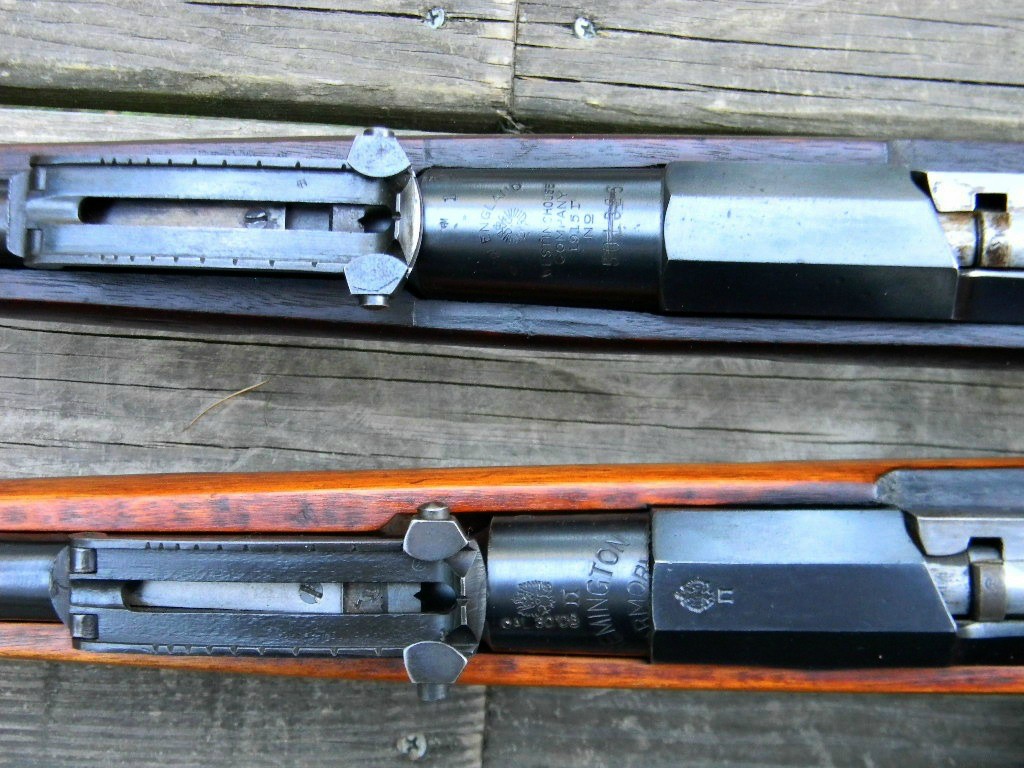
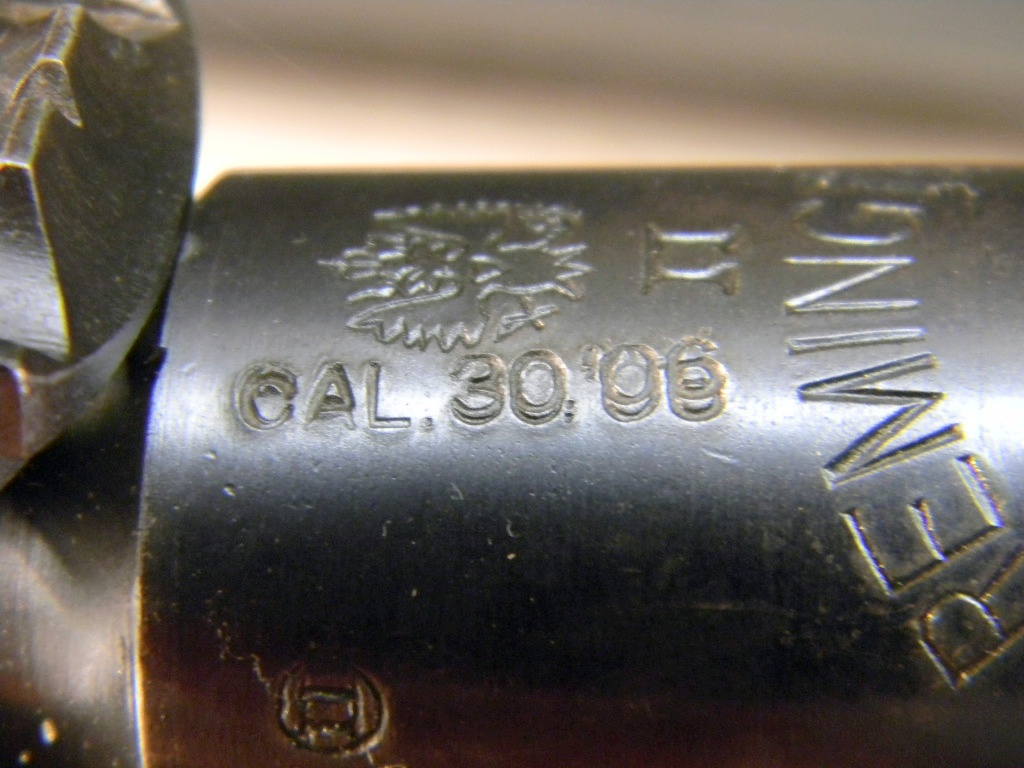
The following pics display the stark differences between the Russian and U.S. ammunition cartridge. These differences will help to explain the action alterations which were needed to compensate for the dimensions of the base (rim), body, neck, bullet and overall length.
Here it is interesting to note that the .30-'06 bullet is designed to be fired through a bore with a land diameter of .300" and grooves at .308". The Mosin Nagant bore is .300" across the lands with grooves at .311". The .30-'06 bullet has a diameter of .308", and the 7.62X54mm bullet is .311". Though the bore groove and bullet diameters differ by .003", the bore land diameters are the same. So it can be said that the .30-'06 bullet is 'compatible enough' to be used in the Mosin Nagant bore.
Chamber pressure for the .30-'06 is approximately 60,000 PSI.
Chamber pressure for the 7.62X54mm is approximately 57,000 PSI.
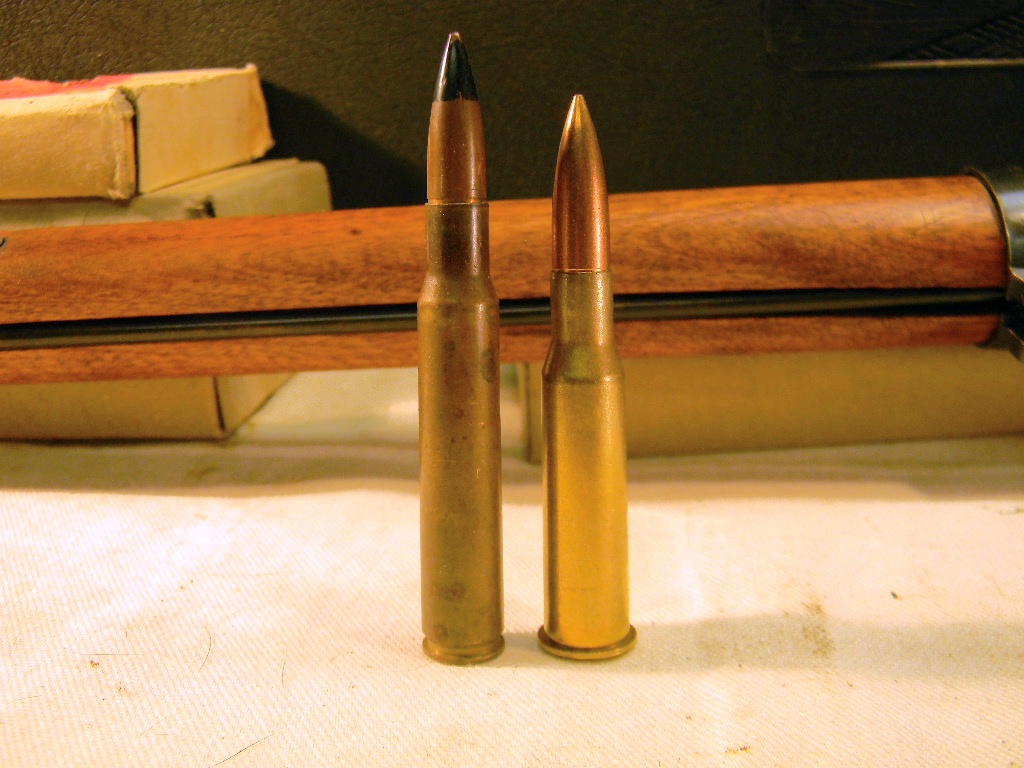
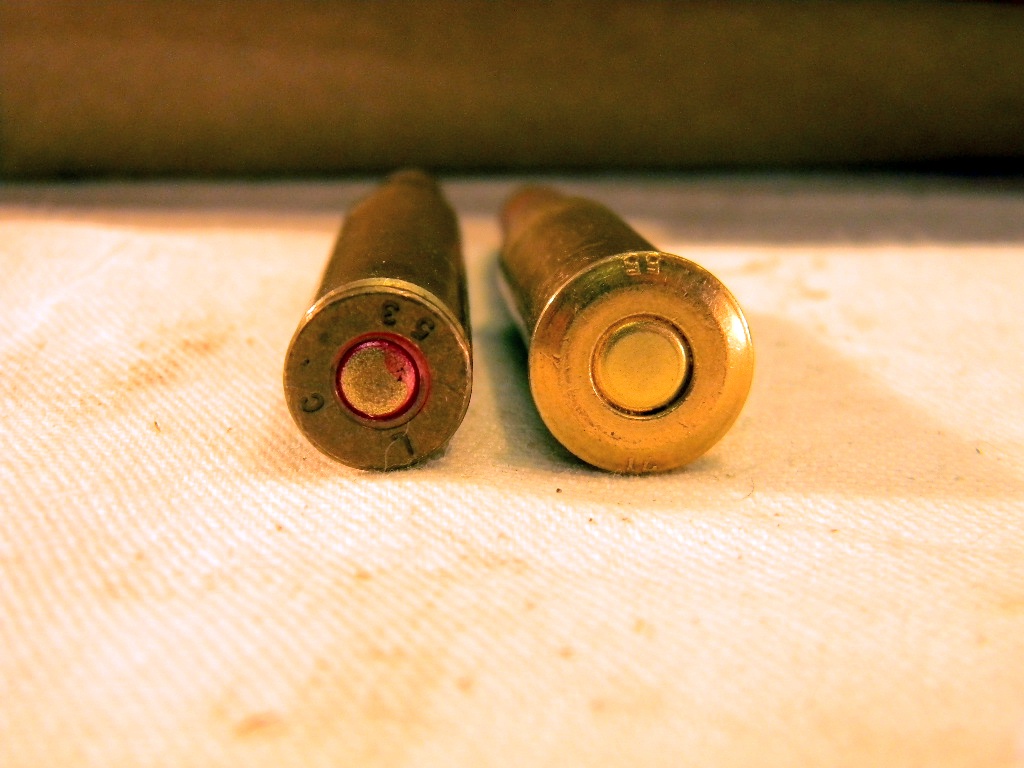
Though it was very difficult to photograph the chamber face, I did my best to show a slot which is machined into the inner left side of the receiver ring, just behind the chamber and the threaded end of the barrel. This channel would presumably be for the purpose of greater capacity for gas escape in the event of a ruptured case. Standard chamber for the rimmed Russian round is pictured second, no gas escape channel is observed.

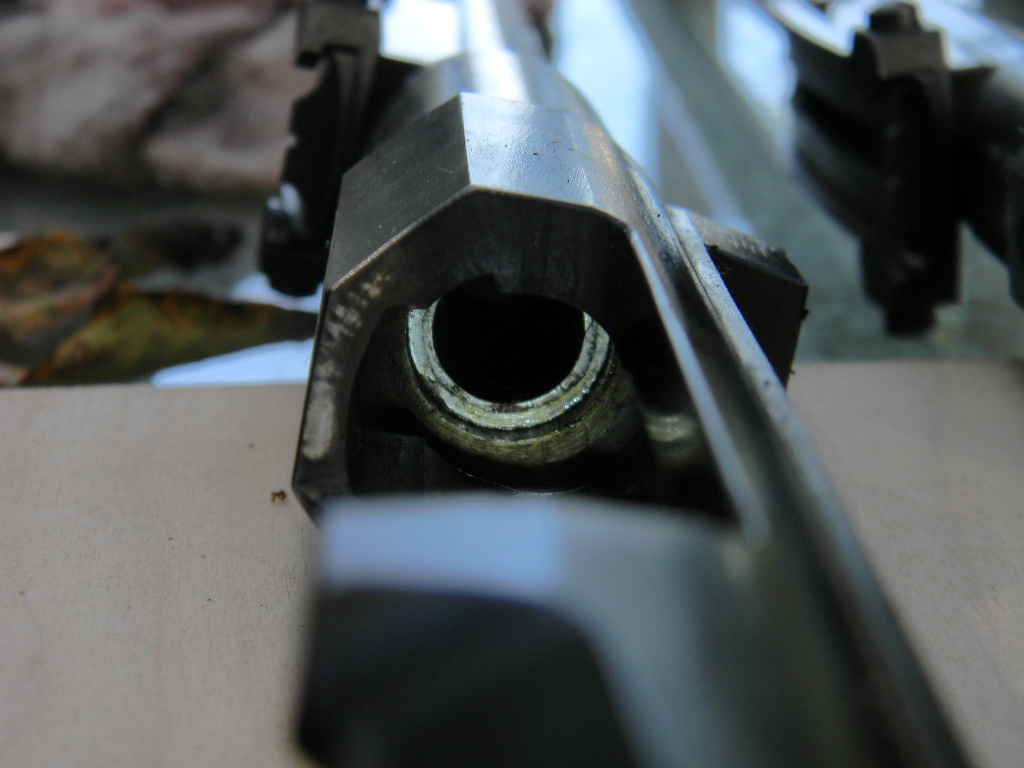
The bolt head on a Bannerman is commonly found with a blackened finish. Though most of the finish is diminished on my example, some of the black remains. A ring is welded inside the lip of the original bolt face to accommodate for the smaller rimless cartridge base. The extractor channel is also cut deeper to enable the extractor to grab the smaller diameter base. Notice a deeper machined channel opposite of the extractor. This channel corresponds with the gas escape channel which is machined inside the receiver ring. Bannerman bolt on right.
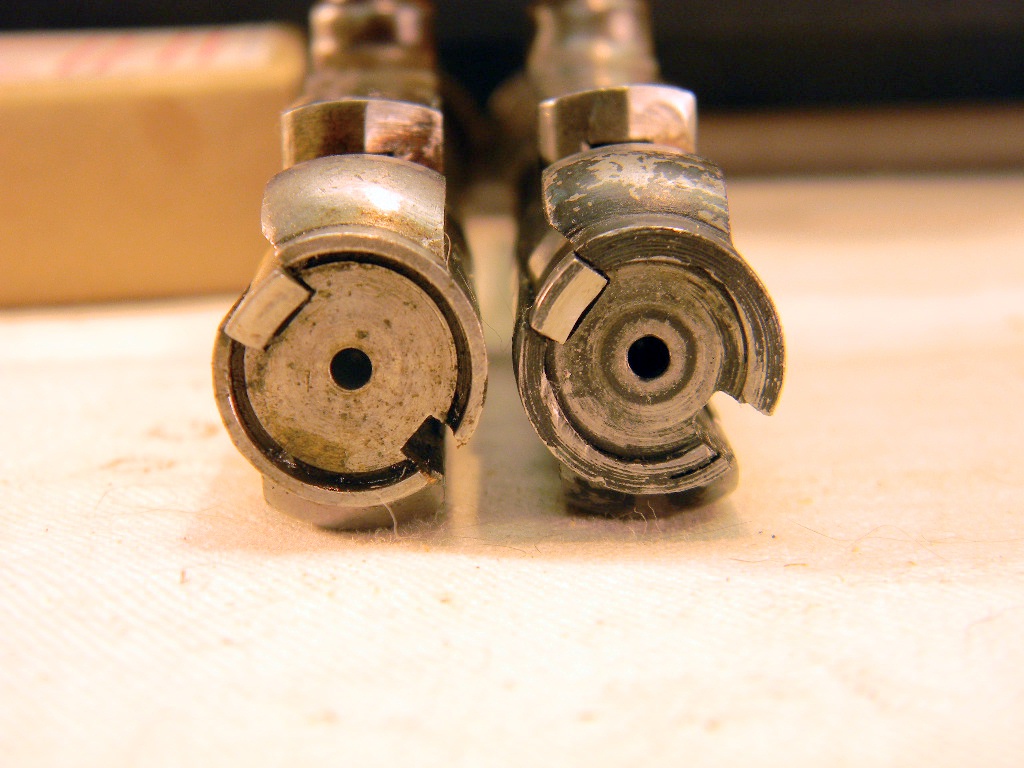
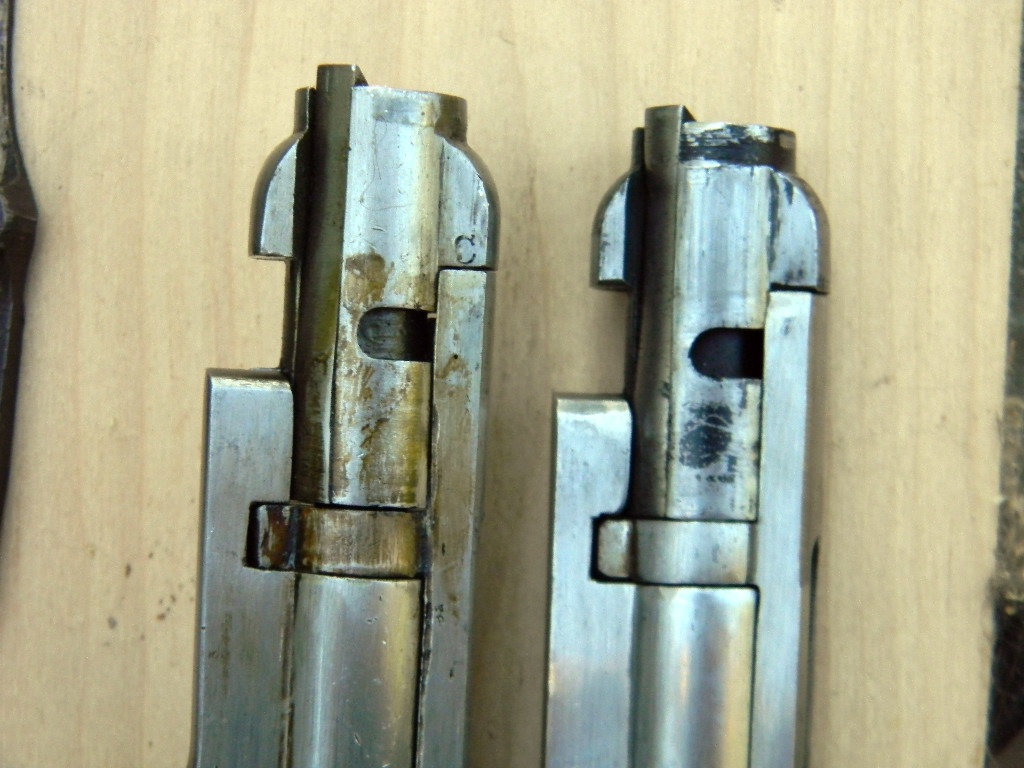
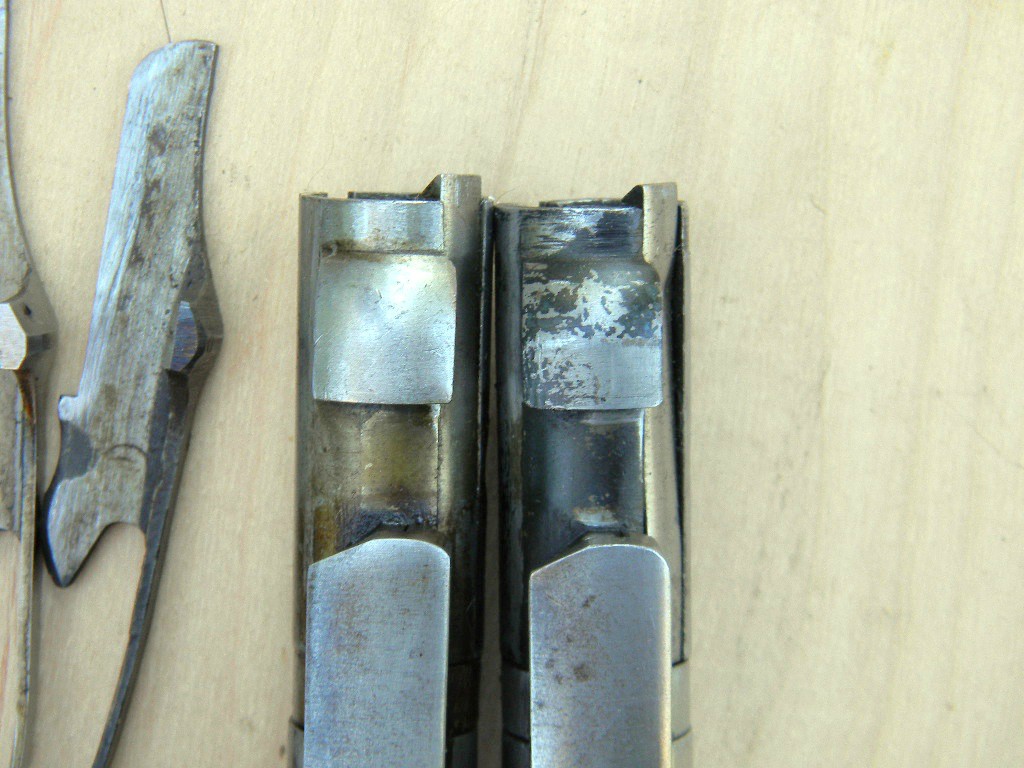
To accommodate for feeding and ejecting the differing cartridge dimensions, the length of the magazine interrupter/ejector is shortened by 1/4" to allow it to rest further inside the receiver channel - thus allowing the ejector portion to better contact the smaller body diameter of the shell casing. The 'leg' portion which acts as a magazine feed interrupter is also shortened by 3/16", presumably to allow for the rear of the cartridge to sit higher in the magazine stack, so the bolt will pick it up on closing at a flatter angle from the magazine when released by the interrupter to the feed position.
The flat feeding position of the .30-'06 cartridge is easily observed when compared to the standard 7.62X54mm.
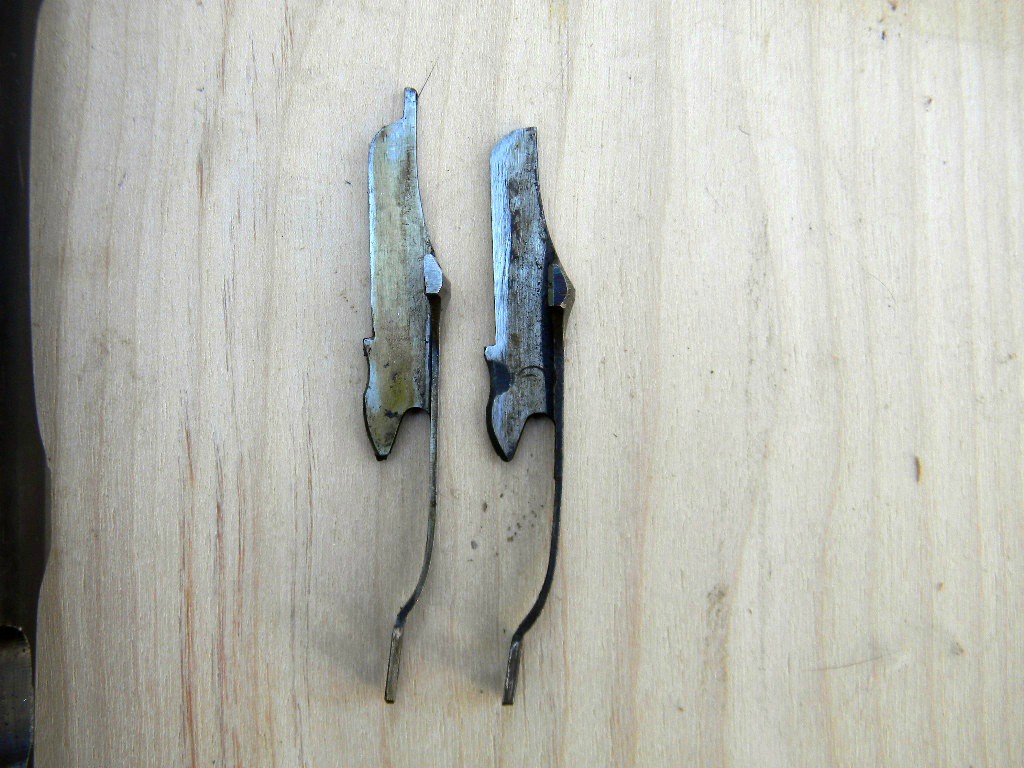
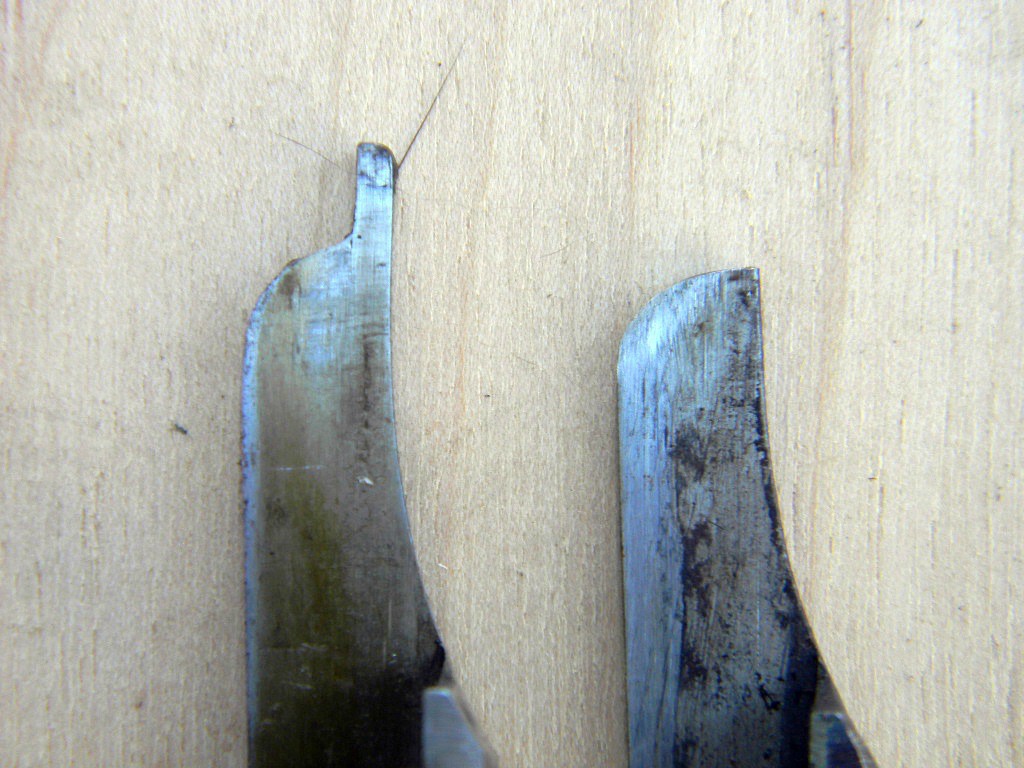
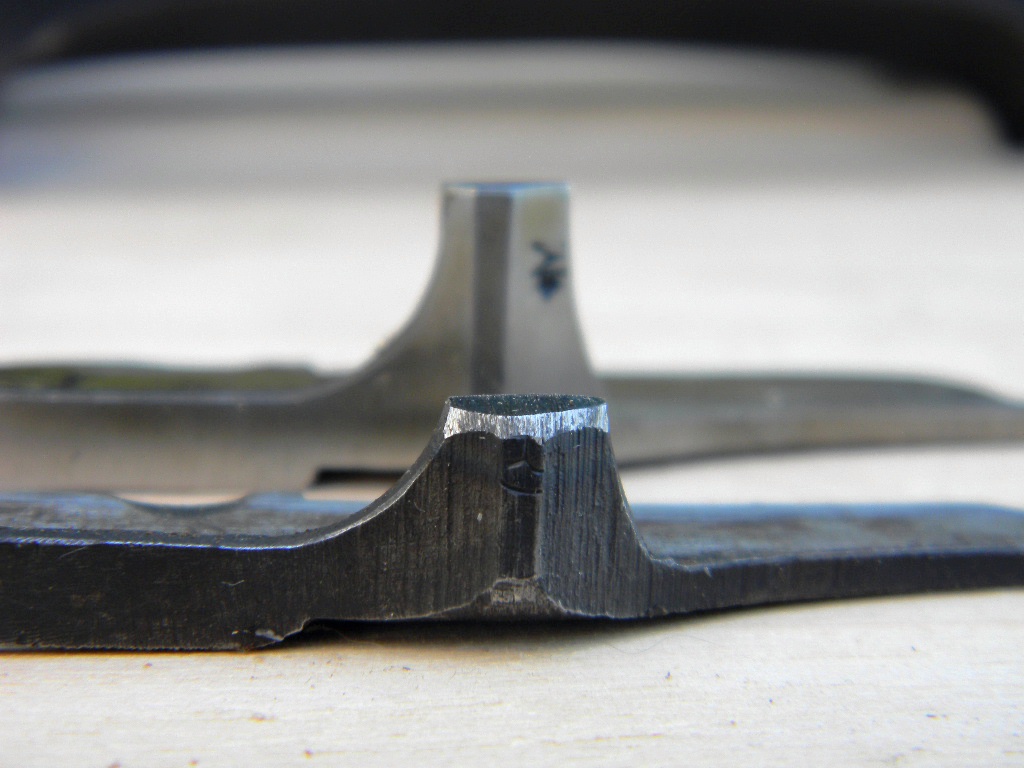

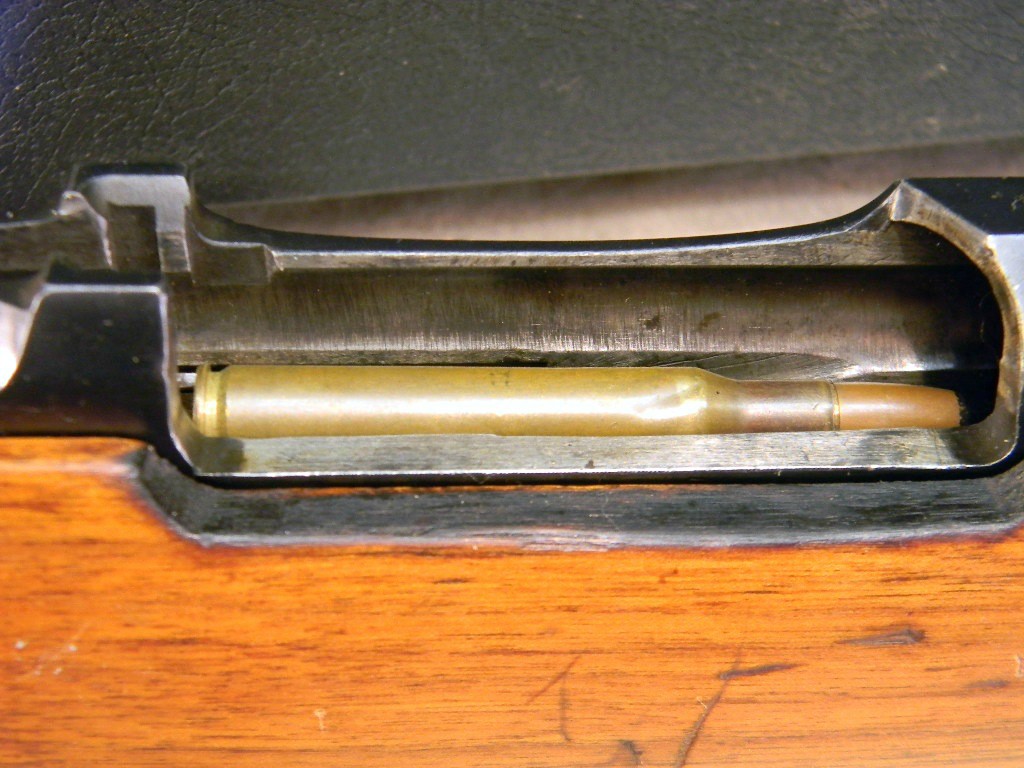
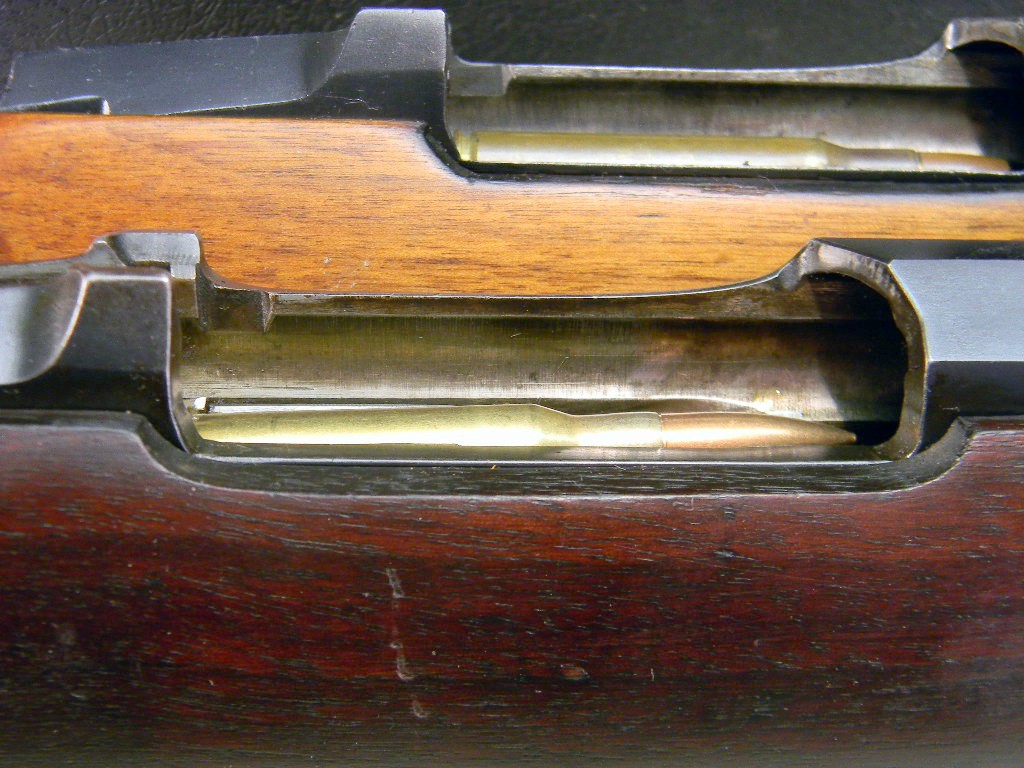
To allow for the shorter length interrupter to still slip inside the notch in the top of the magazine for control of individual cartridge feed, the receiver below the interrupter/ejector slot has a portion ground away for clearance, and it is bent inwardly.
The magazine well portion of the receiver is also relieved by grinding to allow for the wider dimension of the reshaped magazine side plates. This is best shown in the comparison pictures (Bannerman on right)
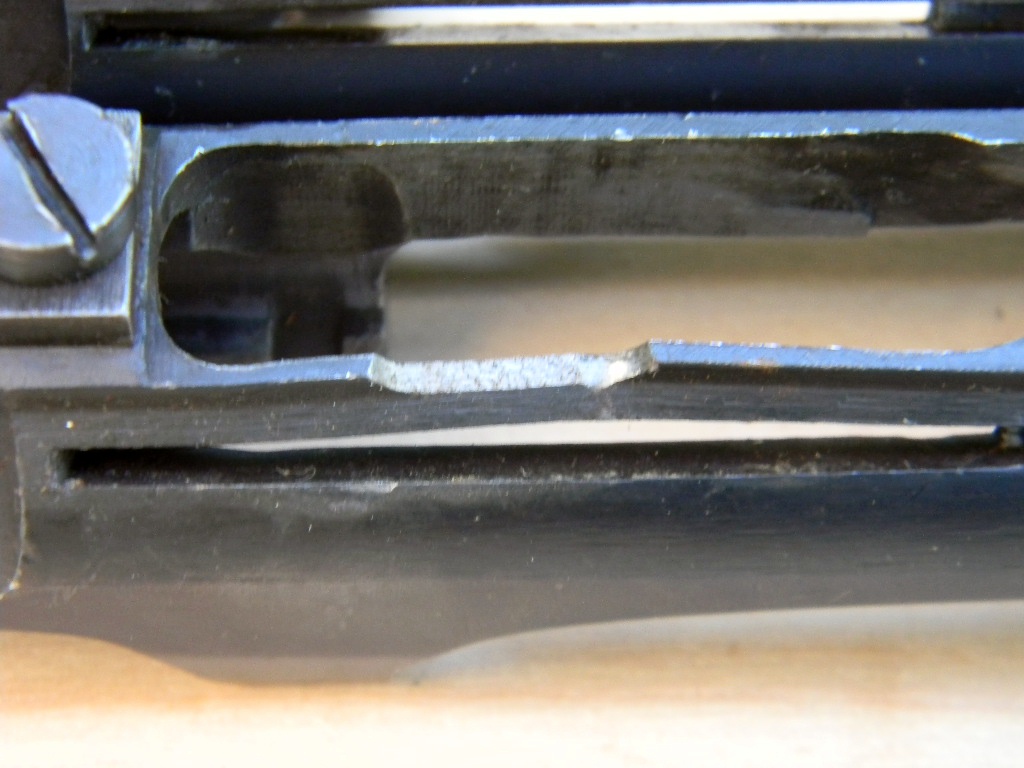
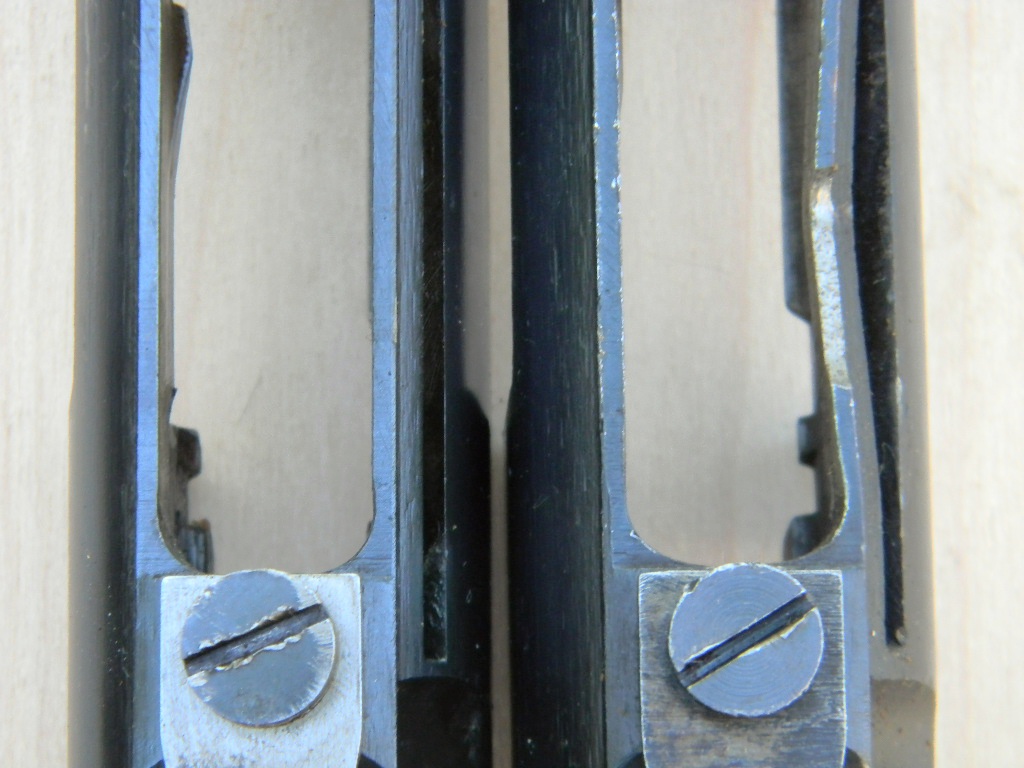
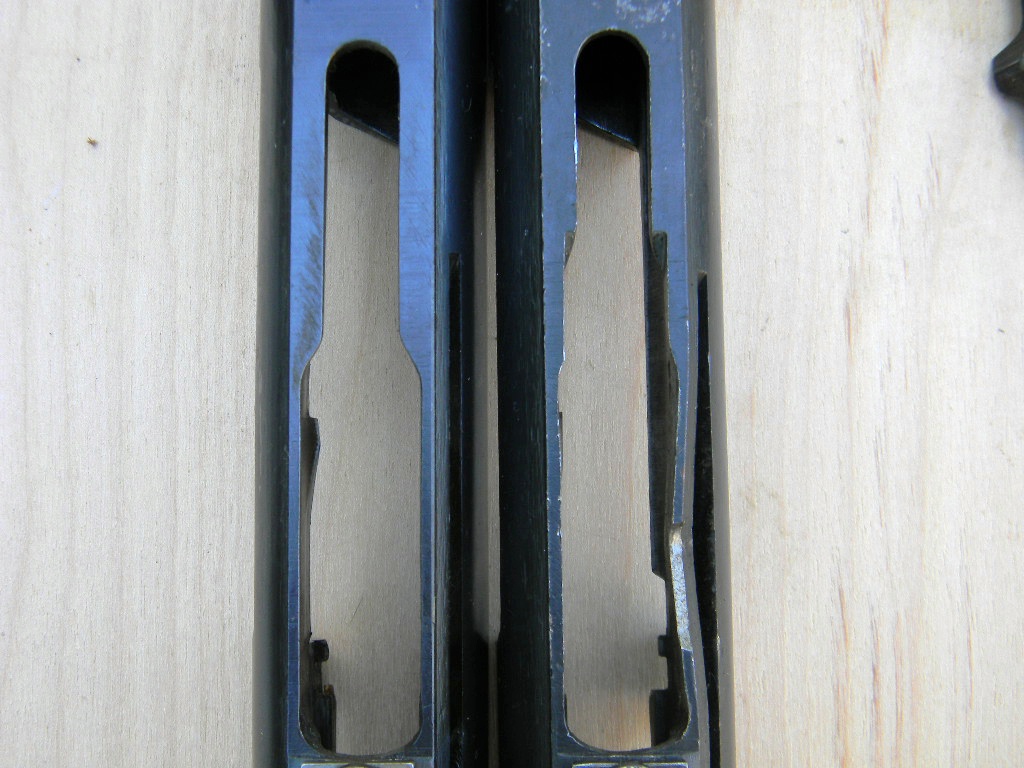
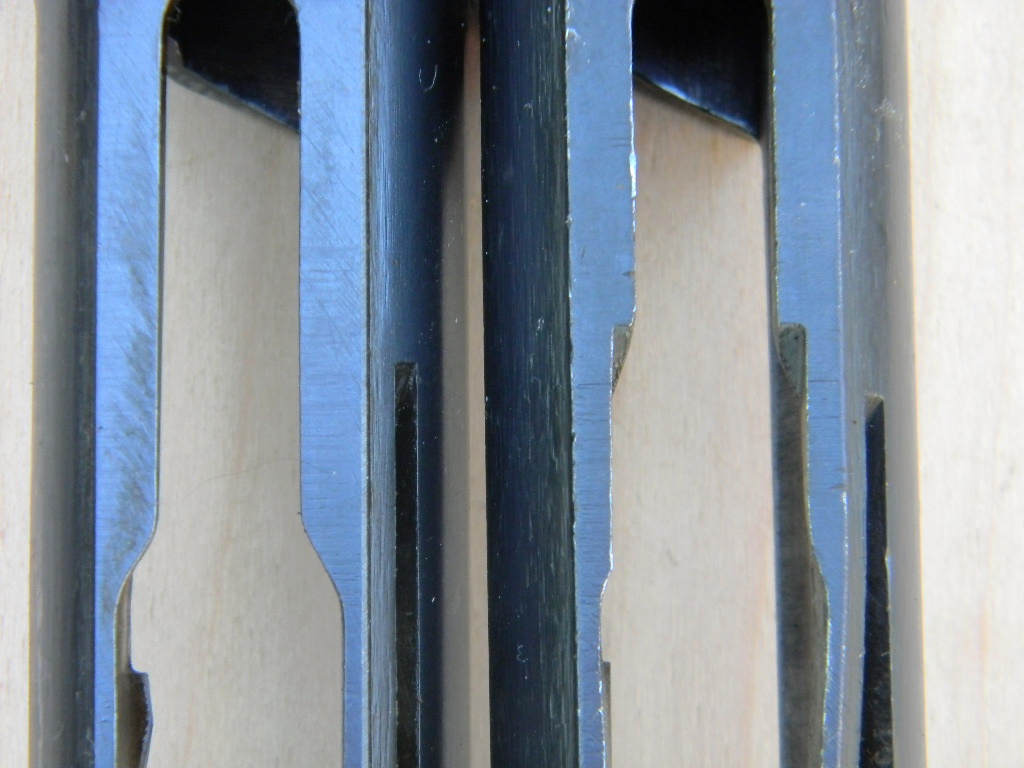
Since the interrupter allows the shells to feed from a higher and 'flatter' position, and the .30-'06 cartridge is of a much greater overall length, the front rib and feed ramp of the magazine is relieved in the center (cut away) to allow the nose of the bullet to pass when feeding to the chamber. The magazine side plates are flattened (crimp eliminated) to allow for clearance when using the forward-necked body of the .30-'06 cartridges.
Note that the right side plate of my magazine was altered and re-drilled for spot weld attachment, but oddly the spot welds were never applied, leaving the plate to open up toward the front. When inserted inside the receiver, this gap closes and does not appear to affect function.
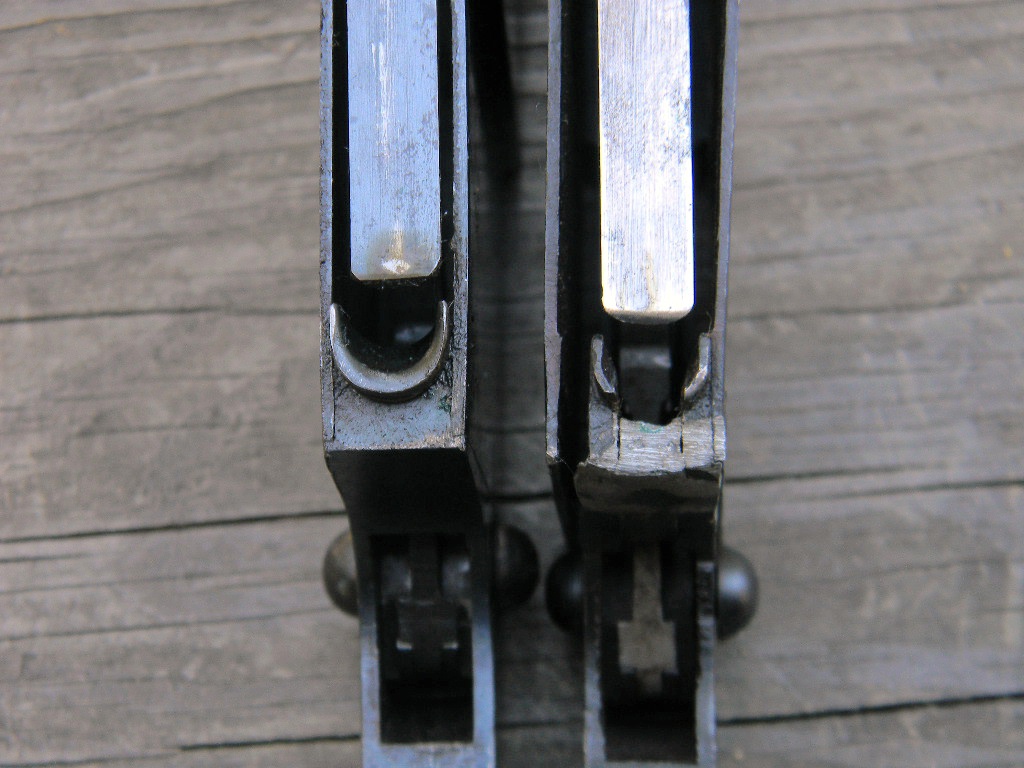
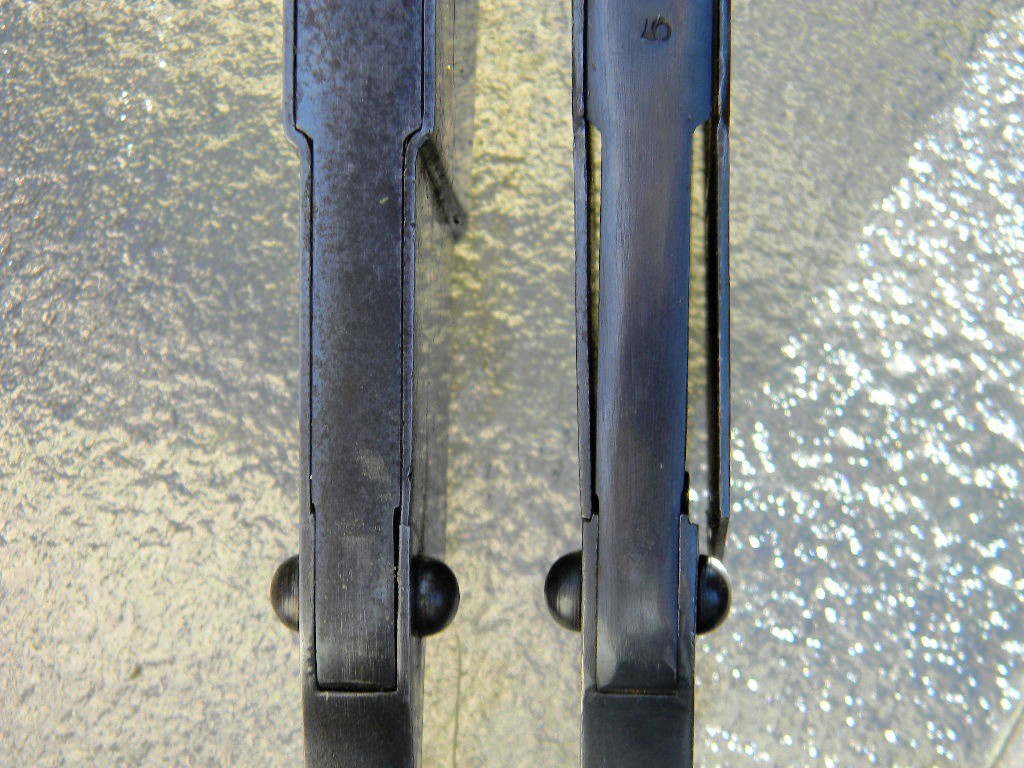
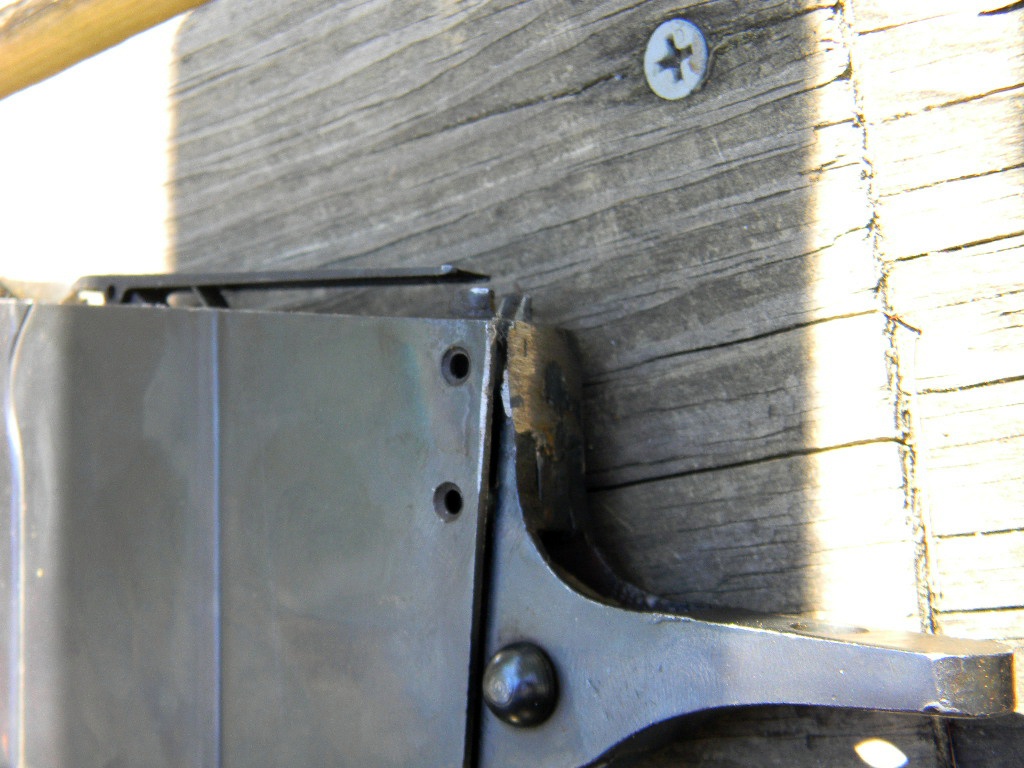
On the Bannerman, the trigger pin is staked in place. The rear barrel band is from an Argentine Mauser. The front band is from, well, I don't know! The head of the cleaning rod is cut off. And the stock is from a New England Westinghouse, with the English Contract cartouche. It is unusual to also see a U.S. Flaming Bomb on a New England Westinghouse stock.
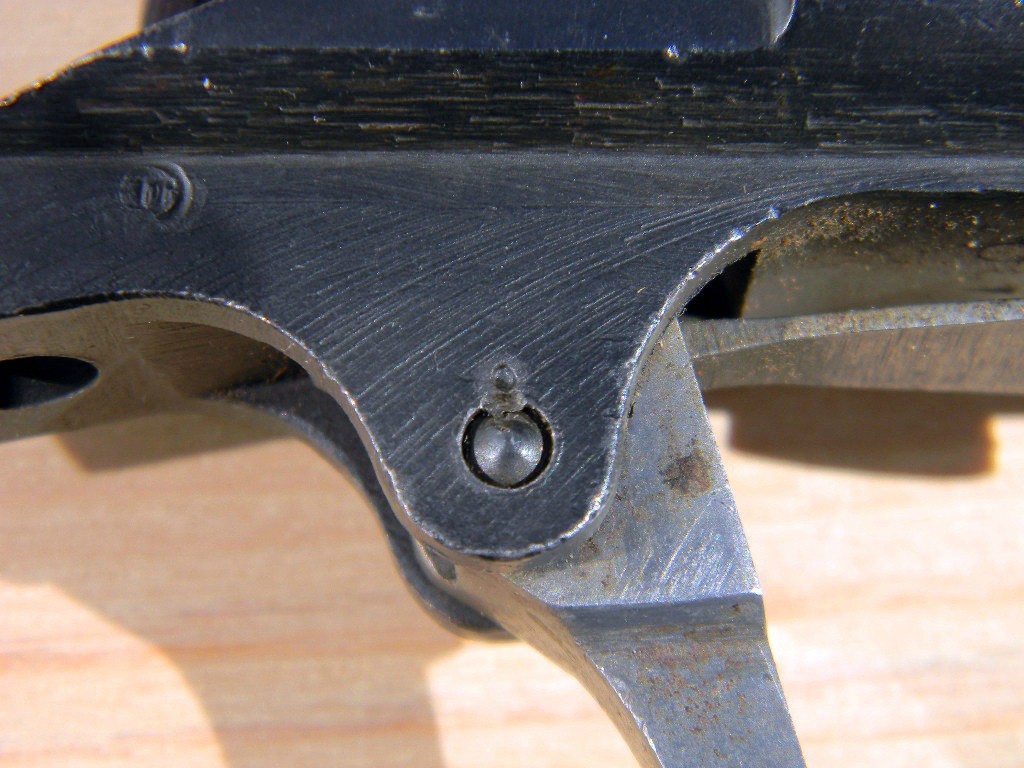
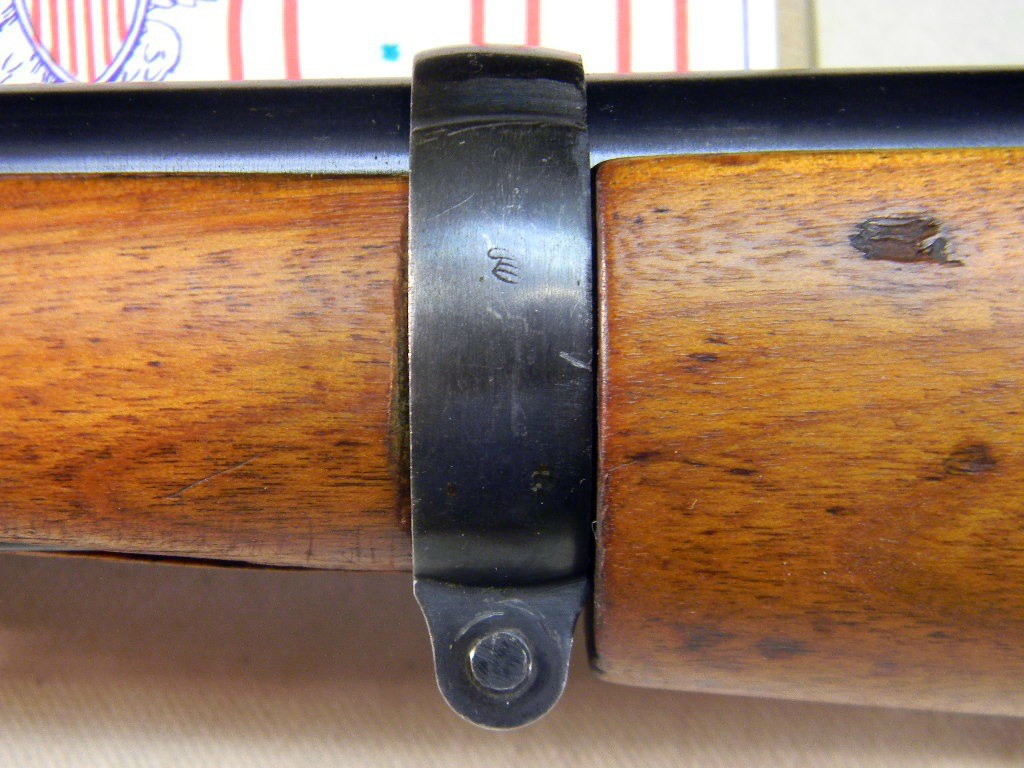
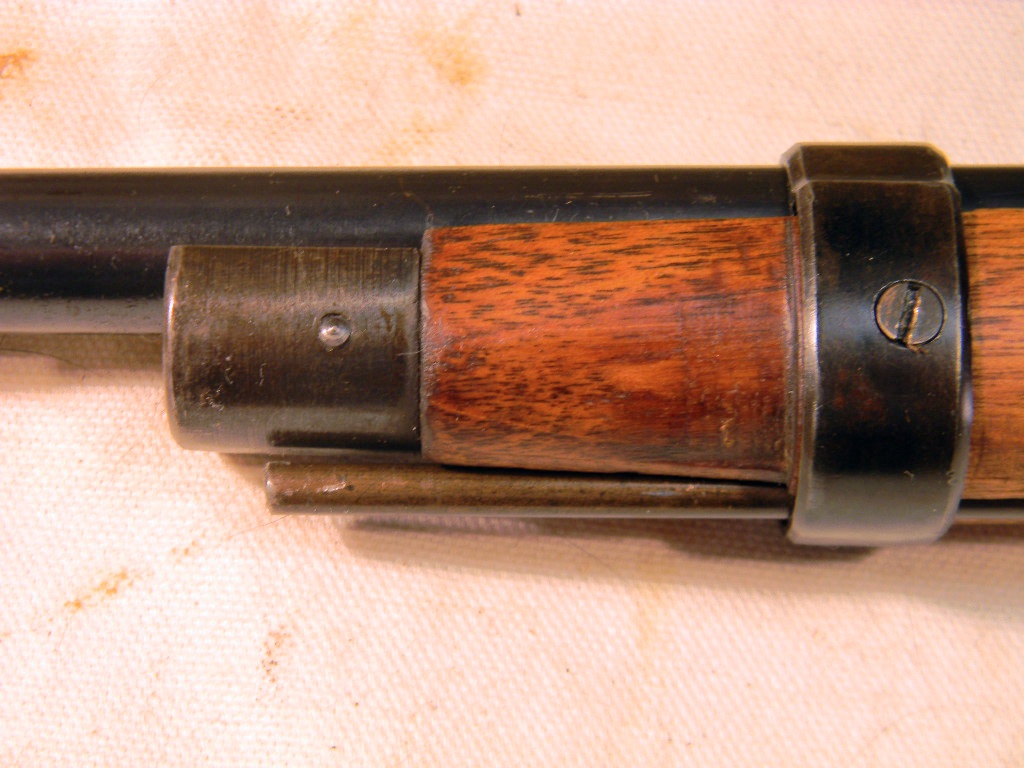
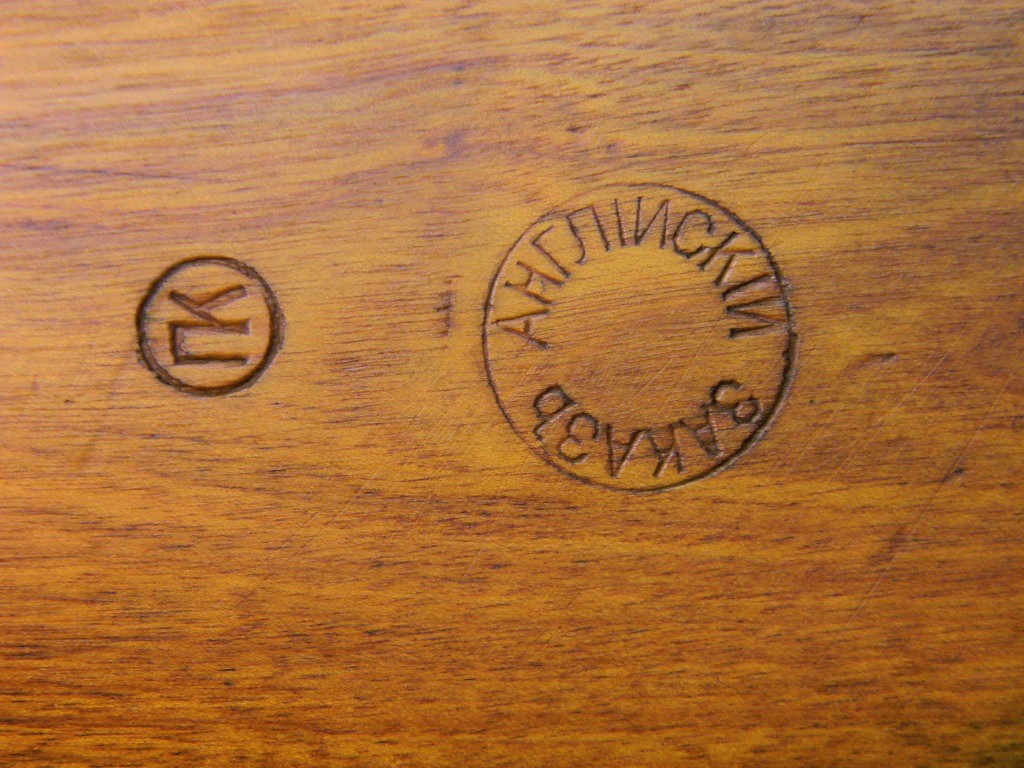
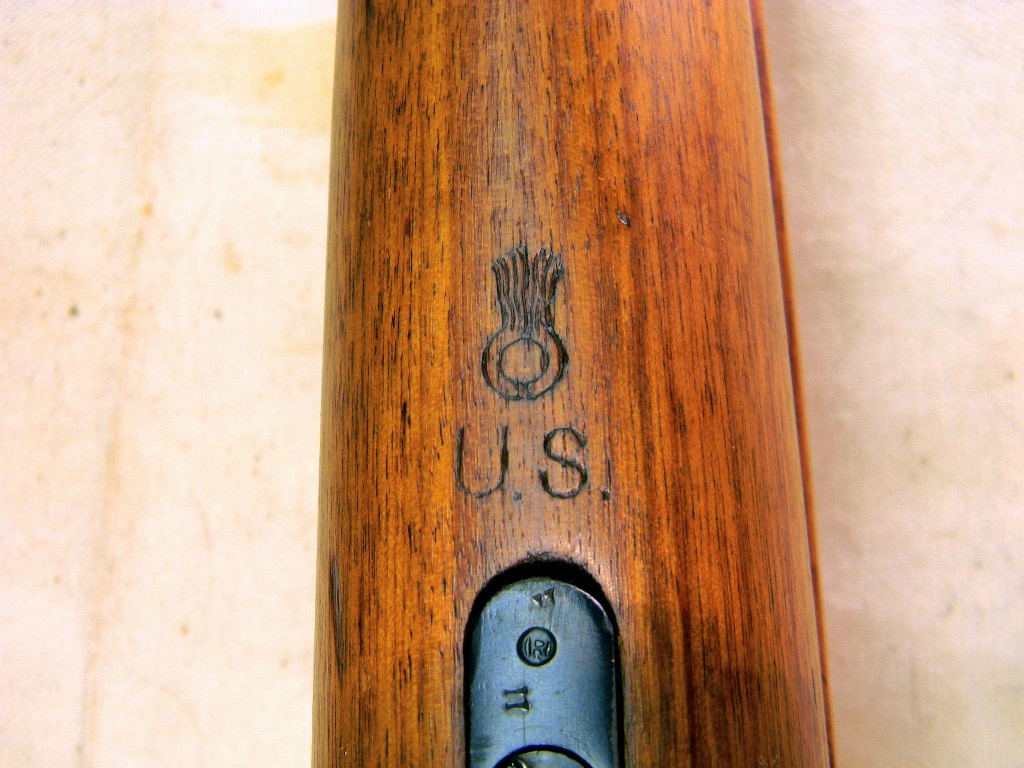
In conclusion, it is quite evident that the Mosin Nagant is a poor platform at best to convert to the .30-'06 cartridge. But Francis Bannerman proved that it could be done. Collectors find the Bannerman conversions as an interesting variant. Shooters have wildly varying opinions of the potential safety issues which arise from the slightly higher pressure of the .30-'06 round, and the forward chamber position with thinner barrel housing dimensions. Some say it is perfectly fine, some won't shoot it at all, and others attest that mild loads are best. Searches for the 'catastrophic failure' of the Bannerman result in no verifiable hits.
Some love 'em. Some hate 'em. Many who don't own one, or have never fired one, have strong opinions. Many who do own one will fire them, and some won't. I have not fired mine, but mostly because of its outstanding condition and the risk of a cracked stock is not worth the reward of firing. Would I fire one? Probably.
But in any positive or negative light in which the Bannerman conversion is viewed, it is assuredly an interesting footnote in American Mosin Nagant history. At the very least, I hope this article has shed some light on the mechanical aspects of the Bannerman .30-'06 conversion itself.
martin08
